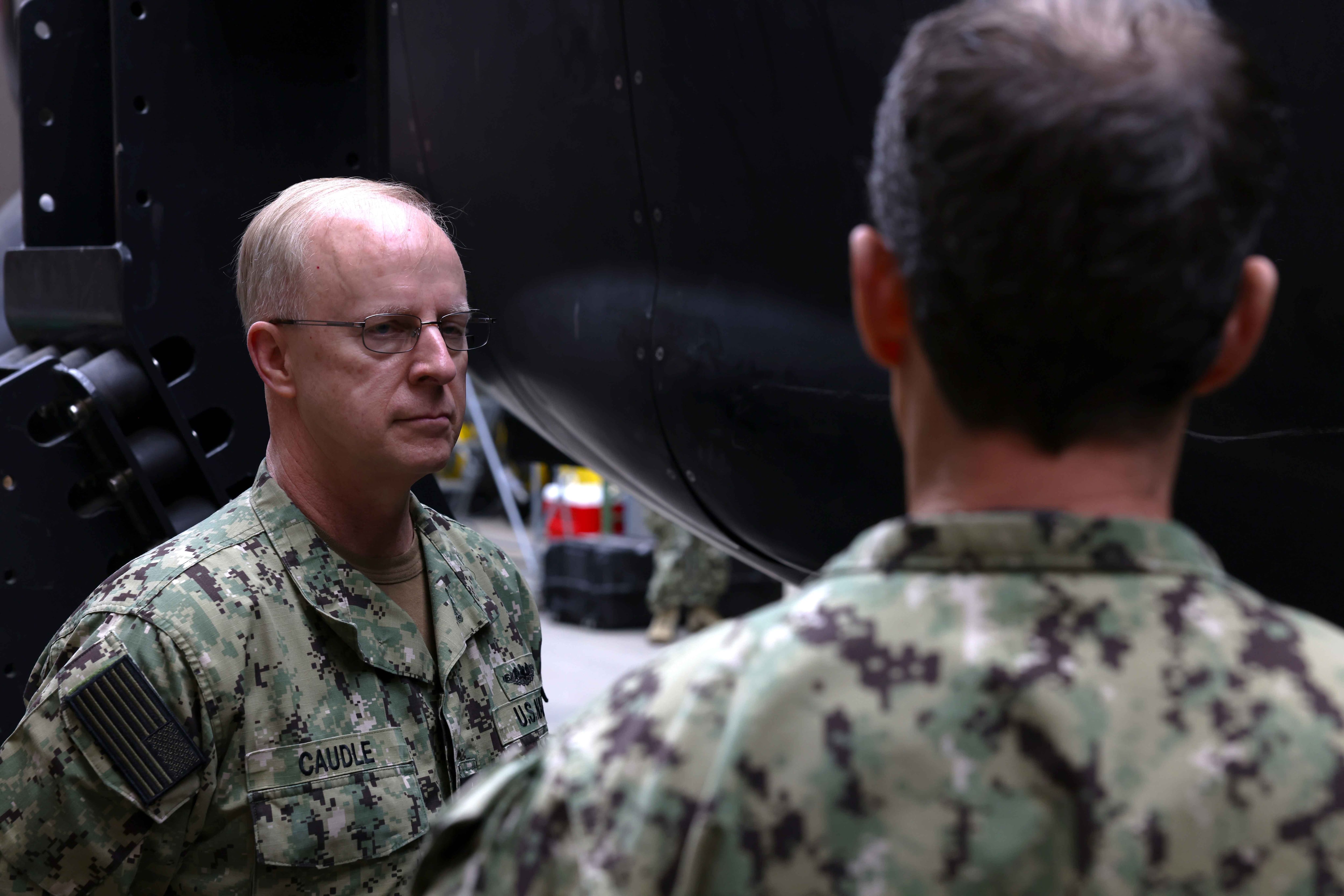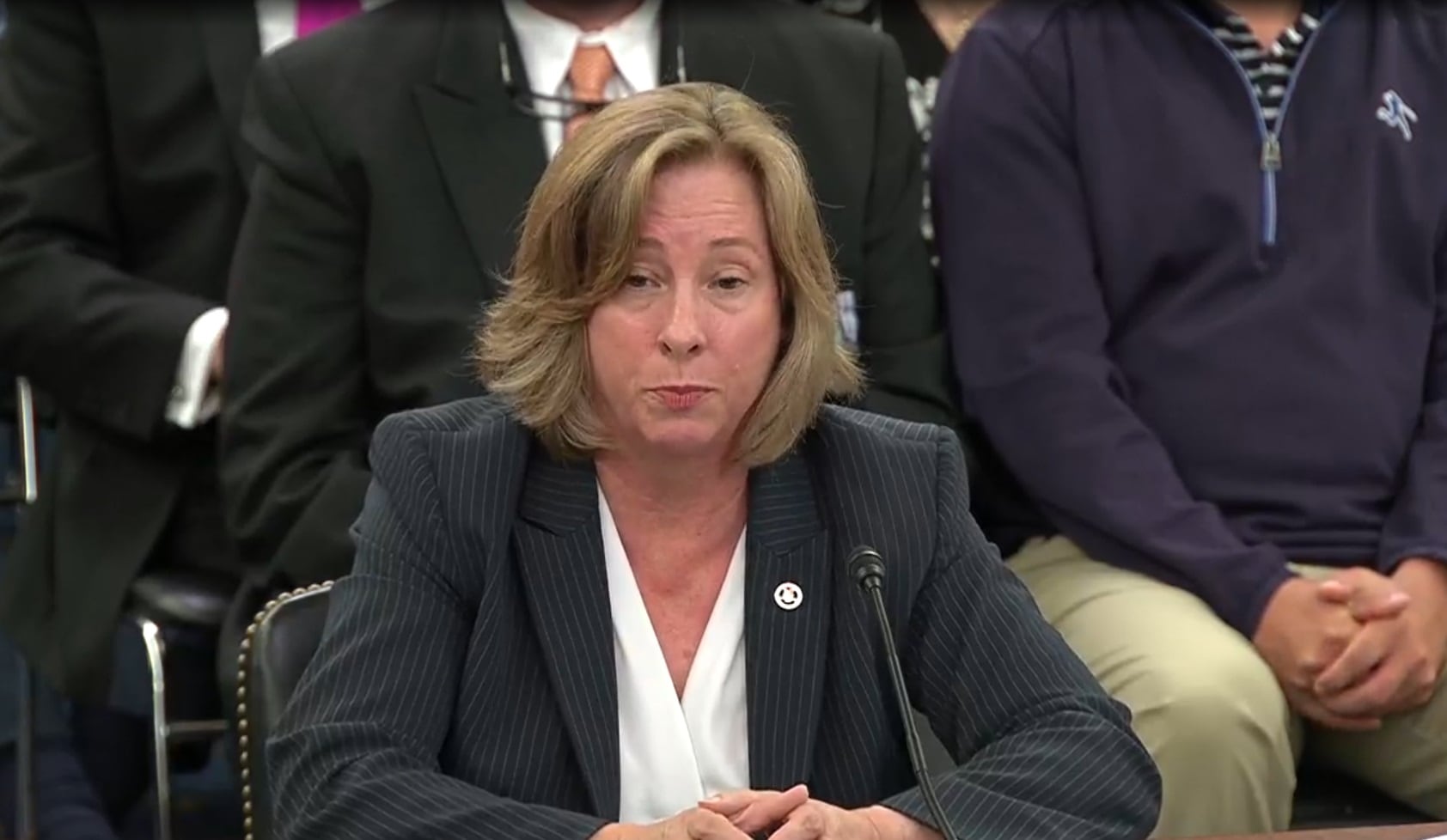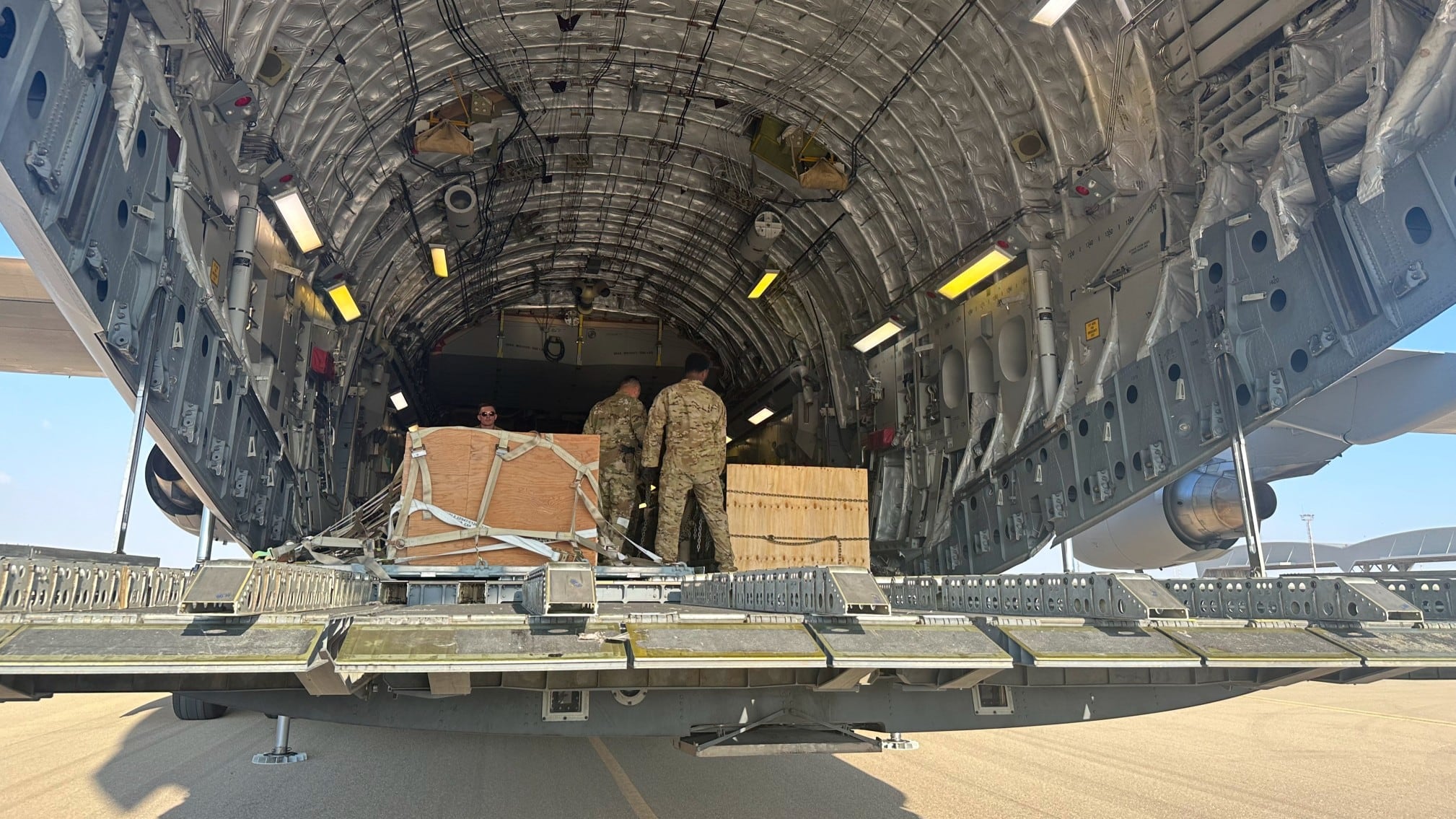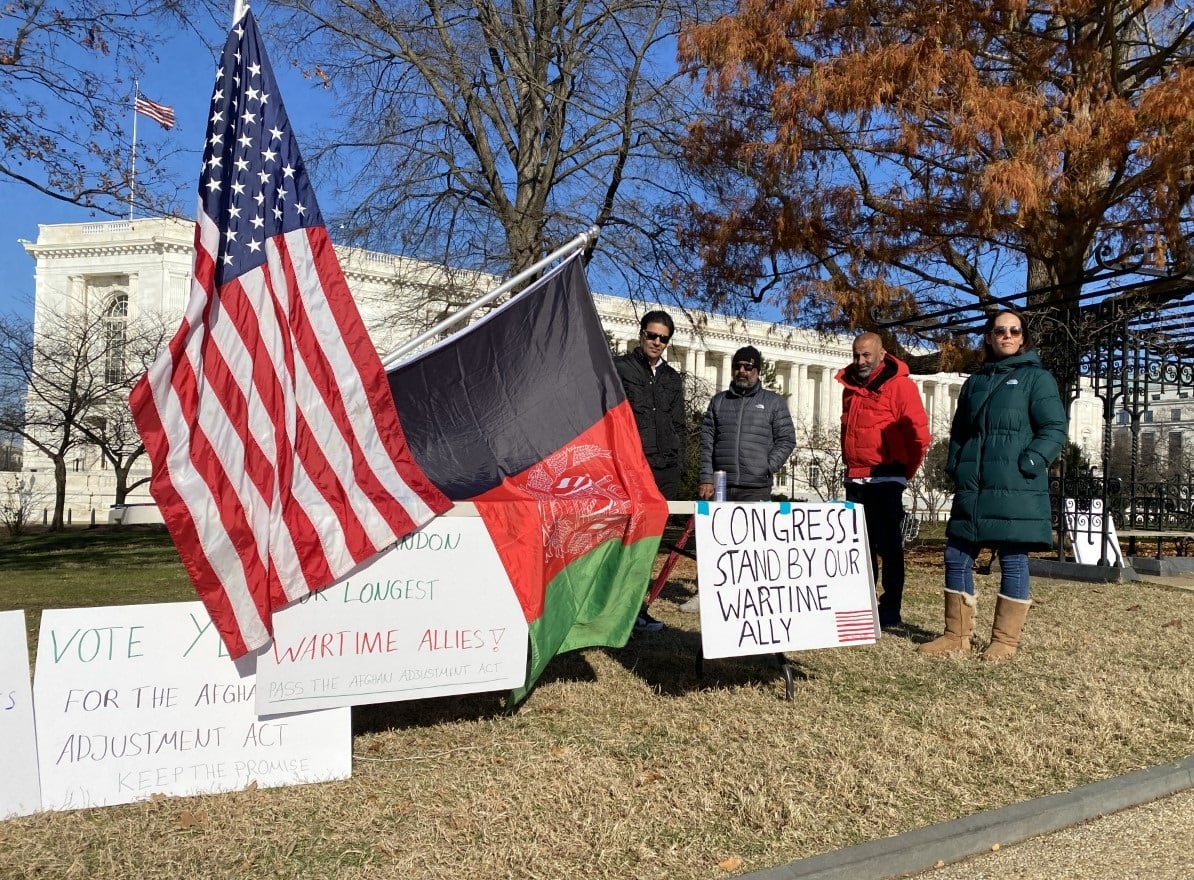Sailors can expect to see continued emphasis on family programs, state-of-the-art training and maintenance facilities, and sweeping renovations as the Navy prepares for platforms and technologies to be delivered in the coming decade.
"The Navy is changing," said Rear Adm. Rick Williamson, head of commander of Navy Region Mid-Atlantic. "It is becoming a much more technologically advanced Navy. To do the things they have to do at sea, the shore has to follow suit."
Williamson spoke to Navy Times about his priorities for the region, as he supports everything from ships based there to training centers. Preparation for the littoral combat ship, which the Navy plans to has reclassifyied as a "fast frigate," is a prime example. The Navy plans to purchase 52 ships, which have been exclusive to the West Coast. But the delivery of the Little Rock will break that streak next year. She is to be based in Mayport, Florida. Williamson doesn't know if Norfolk will get a one-to-one swap for the frigates that have been decommissioned, but the base will get its share of ships — and is taking steps now to prepare.
"A smaller crew does not mean a smaller footprint," the 1985 Naval Academy grad said in an Oct. 7 interview with Navy Times. "The support of the ship calls for a support system considerably different from the frigates it will replace. I have to do everything in my power to make sure we are shooting ahead of the duck. Foresight is critical to execution."
That same approach will be applied to other locations such as Naval Air Station Oceana, Virginia, which looks to replace all legacy F/A-18C/D Hornets with F/A-18E/F Super Hornets beginning in 2018, and the F-35C Joint Strike Fighter in subsequent years. At the same time, the Navy will replace its 35 C-2A Greyhounds (half of which are based in Norfolk) with the V-22 Osprey. For the silent service, the first two Virginia-class Block III variants have made their way into the fleet. They will be followed by six more, then 10 Block IVs.
Each platform drives upgrades to maintenance and training facilities. One example is the new simulators at the Surface Warfare Officer School, based in Naval Station Newport, Rhode Island. Just past the "plastic palace" (a station made of plywood and plastic where in which Williamson learned to stand watch) are two state-of-the-art simulators that now allow students to stand watch. It's so realistic that some have gotten sea sick. stand in Main Control aboard any ship in any sea state (so realistic that many have succumbed to sea sickness) and conduct integrated training.
These are just the beginning of many simulators to come. Sailors will also see classrooms "as nice and as sophisticated as anything you see that a local college," he said. Still, staying ahead of the technological power curve is only part of the mission.
Much of Williamson’s focus rests on Navy families. He knows their challenges well. His family has moved 25 times in 30 years. While a number of ball caps decorate his sizable challenge coin collection, only one cap holds a hallowed spot on his wall: That of the frigate Simpson, which he commanded in 2004. And it is the perspective of a frigate skipper that drives many decisions.
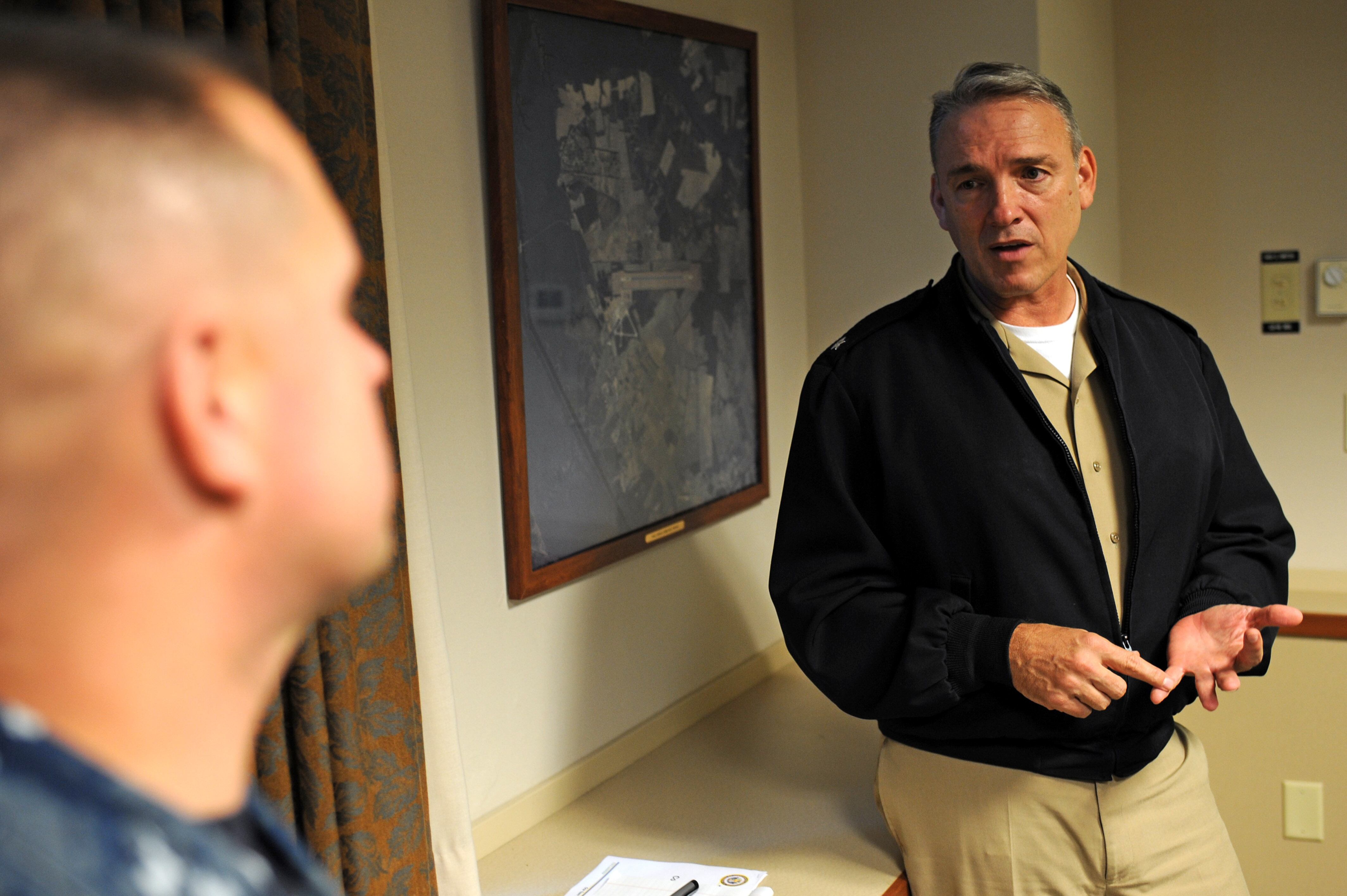
Rear Adm. Rick Williamson, the head of Navy Region Mid-Atlantic, is focused on improving base housing like barracks and has started liaison program with local schools to help teachers and classmates understand the pressures on children of deployed service members.
Photo Credit: MCC Nate Guimont/Navy
It is no surprise, then, that he listed housing as a top priority for the coming year, with a focus on bringing old barracks up to new standards. The command has instituted a school liaison program to verify the quality of schools and make sure teachers understand the pressures that military deployments place on children. The Navy’s plan for a 50-percent reduction in the amount of energy used by 2020 means older buildings that are cold in the winter and hot in the summer will get upgraded HVAC systems for maximum efficiency. Improvements of many gyms and PT facilities are in the works, and support of Fleet and Family Support Centers, for which Williamson has "tremendous respect," will not diminish. The one-star said base security centered on a professional force is a priority, and he has "seen improvement."
Regional sailors can also expect a proactive approach to community relations. Williamson wants to give the public more information about the bases in their backyards. He plans to host a "lighting of the ships" ceremony in conjunction with the Christmas tree lighting in Norfolk, is inviting hundreds of local leaders to see sailors in action, and happily speaks of the return of Fleet Fest in 2016. The latter includes ship tours, static displays, and live entertainment.
"We are in a resource constrained environment," Williamson said. "The more clarity and transparency we have between us and the fleet, and us and the community will maximize the resources we get to meet the mission. I think we do that well."
Case in point: Despite the strategic shift of naval forces to the Pacific, the greatest concentration of the carrier fleet will still soon be found in Hampton Roads. It is the home port for the Dwight D. Eisenhower, Harry S. Truman, and George H.W. Bush. The Abraham Lincoln is in the middle of its refueling and complex overhaul, and will be joined by George Washington next year. The Gerald R. Ford is set for delivery in 2017, and the keel has been laid for its follow-on carrier, John F. Kennedy. Though the Enterprise is being dismantled, nearing its decommissioned, Mid-Atlantic facilitates its crew.
Each carrier brings with it thousands of crew members and thousands more family members. Williamson is already communicating with community leaders to explain the impact these moves will have on their economy, roads, schools, and the like.
Essentially, this new approach does not focus on the sailor only while he is assigned to a command or region, but instead takes a "cradle-to-grave" approach. Williamson’s command covers 20 states from North Carolina to Maine, and stretching as far west as Wisconsin and Illinois. Every sailor will spend some time at one of his 14 bases. Enlisted sailors start at Naval Station Great Lakes, Illinois, commonly called the "quarterdeck of the Navy." All submariners will go to school at Naval Support Activity Saratoga Springs, New York. Surface warfare training takes place at NS Newport. His bases are home to 83,000 active-duty and 7,000 reserve sailors, as well as 92 ships, 29 submarines, and 27 squadrons.
This region also includes In that command region reside 6.7 million military retirees, 1.7 million of whom are Navy retirees. As such, his goal is to ensure Navy families not only live in quality communities, but that the Navy family ultimately contributes to those communities.
"I had a very wise chief tell me, 'the Navy owes you nothing. It provides you opportunities,'" Williamson said. "We're going to continue to provide you those opportunities. It's an opportunity to educate yourself, serve your country, learn a trade, and see the world. At the end of that, we will all transition. But we will provide you the opportunity that, when you do transition, you've got a good start."
MID-ATLANTIC, AT A GLANCE:
Navy Region Mid-Atlantic at a glance
83,000 active-duty.
7,000 reserves.
5,000 active-duty from Army, Air Force, and Coast Guard
55,000 civilians
18,000 contractors
31 Navy Operational Support Centers
92 ships
90 small boats
29 submarines
27 squadrons
8,545 buildings.
9,624 privatized housing units.
15,000 racks in permanent party barracks, and 10,000 in recruit/student dorms and
7 runways.
28 hangars.
136 piers.
31 fitness centers.
16 fleet/family support sites
35 child development centers.
24 galleys.
16 chapels.
10 small arms training centers

